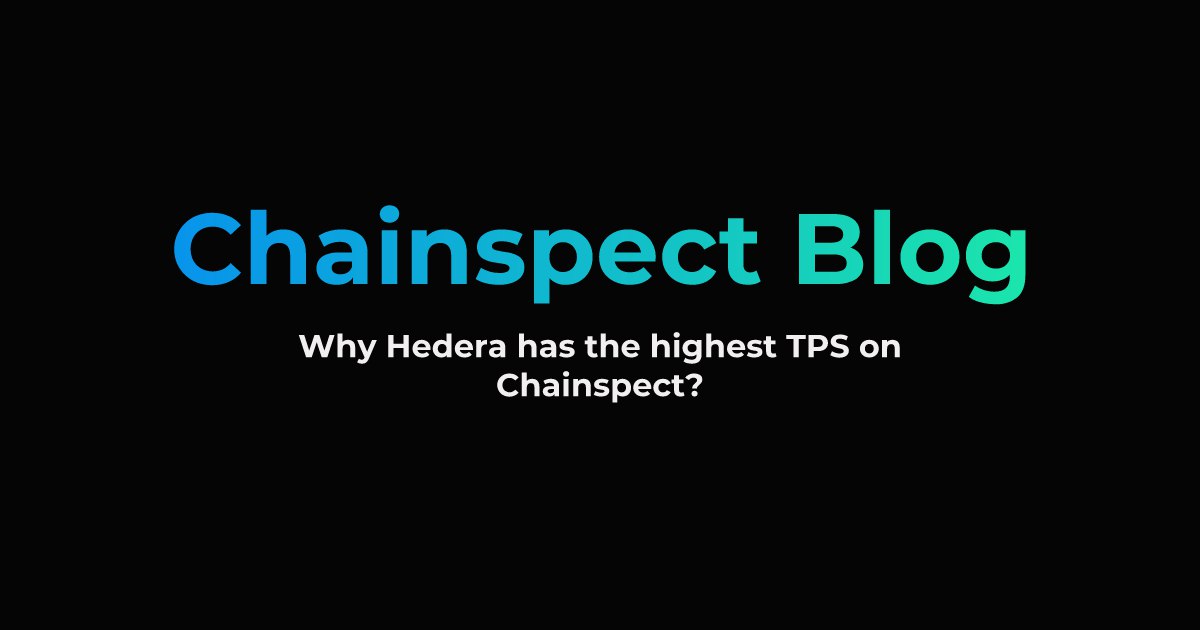Why Hedera has the highest TPS on Chainspect?
 Nick Grechino
Nick Grechino
To understand how Hedera handles so many transactions per second, we will start with the Scalability Trilemma. In the blockchain space, Scalability Trilemma is a common concept. It revolves around the belief that blockchain can only have two of three benefits at any given time: decentralization, security, and scalability. It means that any improvement in one of the areas will result in deterioration in two other areas. It’s one of the main problems in blockchain space, which many great minds aim to solve.
Let’s dive deeper into each component of the Scalability Trilemma:
1. Decentralization
Decentralization is one of the core value propositions of the blockchain technology. It simply means the decision-making process is not bound to any single entity. You can think of it in the context of countries: there are democratic countries — decentralized ones and countries run by kings and dictators — centralized. The level of decentralization depends on the number of entities participating in the decision-making process, the weight of their vote, and the level of trust that participants must place in one another.
2. Security
Any blockchain network consists of numerous software components and consensus algorithm. Blockchain security includes standard software security practices and defense from blockchain-specific attacks: Routing attack, Sybil attack, 51% attack. The main point of blockchain attacks is to overtake the consensus mechanism to control the order and content of blocks. These attacks are more probable if the number of nodes producing blocks is low.
3. Scalability
Scalability indicates the blockchain’s ability to support high transactional throughput and future growth. This means that as the number of users and use cases increases, the performance of the blockchain won’t suffer. Blockchains that perform poorly as adoption increases are said to lack scalability. The Scalability Trilemma tells us that greater scalability is possible, but security, decentralization, or both, will suffer as a consequence.
So why is Hedera transactions per second metric so high?
The answer to this question lies in Hedera’s architecture. Hedera is a public network that utilizes a hashgraph consensus algorithm. Unlike a traditional blockchain, which selects a single miner/validator to choose the next block, the community of nodes running hashgraph comes to an agreement on which transactions to add to the ledger as a collective. Through gossip-about-gossip and virtual voting, the hashgraph network comes to a consensus on both the validity and the consensus timestamp of every transaction.
In blockchain, consensus rules require that blocks eventually settle in a single, longest chain, agreed upon by the community. In hashgraph, every container of transactions is incorporated into the ledger — none are discarded. All the branches continue to exist forever and are woven together into a single whole.
Check out chainspect.app dahsboard to find out real-time TPS for Hedera and 18 more chains!
Subscribe to my newsletter
Read articles from Nick Grechino directly inside your inbox. Subscribe to the newsletter, and don't miss out.
Written by

Nick Grechino
Nick Grechino
I'm co-founder of Chainspect analytics platform. Check it out at https://chainspect.app/